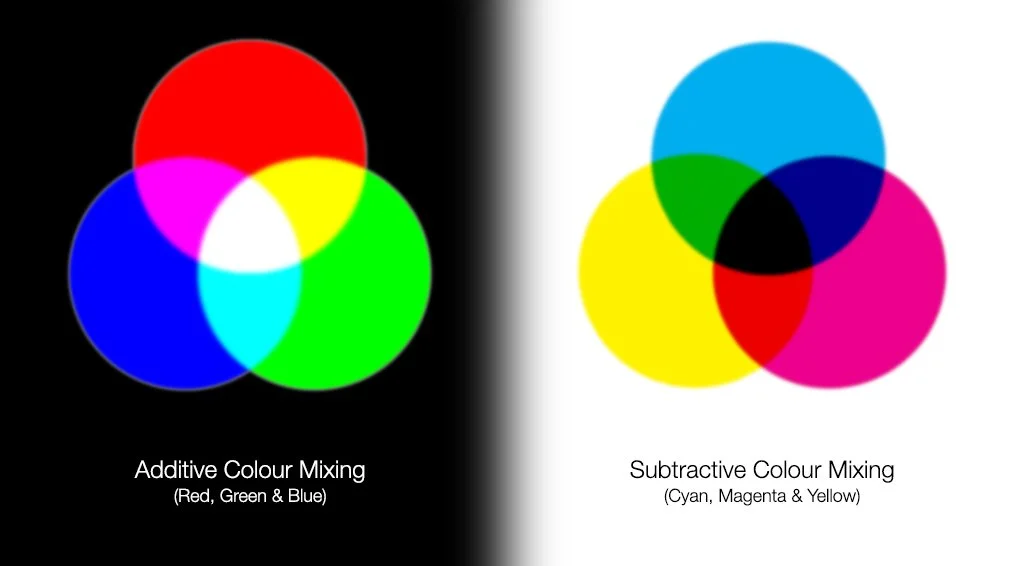Intro
oppressive
op·pres·sive ə-ˈpre-siv
: unreasonably burdensome or severe
: tyrannical
: overwhelming or depressing to the spirit or senses
liberating
lib·er·ate ˈli-bə-ˌrāt
: providing a release from a situation which limits freedom of thought or behaviour.
: to free; to set at liberty
In a world where personal, interpersonal, and collective freedom is both cherished and challenged, understanding the contrasting dynamics of oppression and liberation becomes paramount. The struggle for freedom has shaped the course of human history, driving movements, revolutions, and the tireless pursuit of justice. In this post, we delve into the multifaceted nature of freedom, exploring its significance at individual, interpersonal, and collective levels. We will examine the mechanisms of oppression that restrict freedom and the transformative power of liberation. One final note before we continue that I would love to elaborate on, is that often the stronger we are oppressed with severe or burdensome rules, ideologies, influence, thoughts, or expectations at an early stage of our life, the greater the liberation at a later stage, as oppression often strengthens, teaches and alchemizes, just like high degrees of pressure has the potential to turn carbon into diamond. That being said, let us embark on this introspective journey as we unravel the intricate tapestry of freedom and its profound impact on our lives and society.
Oppression vs Liberation: 51 Polarities
To illustrate the difference between oppression and liberation in a more concrete, elaborate and revealing way, there will follow a list of polarities that dive deeper into this fundamental issue.
Unreasonably burdensome or severe vs. mild, comfortable or reasonably burdensome.
Freedom of expression vs. censorship
Equality and inclusivity vs. discrimination
Respect for individual rights vs. infringement on personal freedoms
Empowerment and autonomy vs. control and manipulation
Open dialogue and diverse perspectives vs. suppression of dissenting opinions
Access to education and knowledge vs. intellectual suppression
Free and fair elections vs. authoritarian rule
Protection of human rights vs. violation of human rights
Opportunities for personal and professional growth vs. limited prospects
Social justice and equality of opportunity vs. systemic inequality
Consent and bodily autonomy vs. forced compliance
Embracing diversity and cultural pluralism vs. cultural assimilation
Transparent and accountable governance vs. corruption
Rule of law and due process vs. arbitrary or oppressive legal systems
Peaceful assembly and protest vs. suppression of dissent
Economic opportunity and entrepreneurship vs. economic exploitation
Social safety nets and welfare programs vs. socioeconomic deprivation
Access to healthcare and well-being vs. neglect of public health
Environmental conservation and sustainability vs. ecological degradation
Freedom of movement and migration vs. restricted borders
Religious and spiritual freedom vs. religious persecution
Gender equality and women's rights vs. gender-based discrimination
LGBTQ+ rights and acceptance vs. homophobia and transphobia
Freedom from surveillance and privacy invasion vs. mass surveillance
Freedom from violence and oppression vs. systemic violence and abuse
Open access to information vs. propaganda and misinformation
Right to privacy and data protection vs. intrusive surveillance
Emancipation from poverty and inequality vs. economic exploitation
Opportunities for personal development and self-expression vs. stifling conformity
Collaboration and cooperation vs. division and conflict
Support for marginalized communities vs. marginalization and exclusion
Empathy and compassion vs. apathy and indifference
Protection of civil liberties vs. erosion of civil liberties
Respect for cultural, ethnic, and religious diversity vs. cultural erasure
Respect for indigenous rights vs. indigenous exploitation and marginalization
Freedom of association and peaceful organization vs. suppression of groups and associations
Accessible and affordable housing vs. housing discrimination and homelessness
Inclusive and non-discriminatory immigration policies vs. xenophobia and nativism
Climate action and sustainability vs. environmental degradation and pollution
Mental health support and awareness vs. stigmatization of mental health
Emphasis on human well-being and happiness vs. pursuit of profit at all costs
Restorative justice and rehabilitation vs. punitive and dehumanizing justice systems
Anti-oppressive and inclusive education systems vs. educational disparities and discrimination
Empowerment of marginalized voices and communities vs. silencing and marginalization
Recognition and protection of indigenous land rights vs. land grabbing and exploitation
Freedom from forced labor and modern slavery vs. exploitation of workers
Protection of children's rights and well-being vs. child labor and exploitation
Access to clean water and sanitation vs. water scarcity and deprivation
Promotion of peaceful conflict resolution vs. violence and aggression
Ethical and sustainable business practices vs. exploitation of workers and resources
Conclusion
As we conclude our exploration of personal, interpersonal, and collective freedom, we recognize that the fight against oppression and the quest for liberation is an ongoing battle. It is an endeavor that requires unwavering courage, empathy, and collective action. By acknowledging the nuanced complexities of freedom, we can work towards dismantling oppressive systems, fostering empathy in our interpersonal relationships, and nurturing inclusive and just communities.
Remember, the pursuit of freedom is not just an individual endeavor—it is a shared responsibility. Together, we can create a world where everyone has the opportunity to thrive, express their authentic selves, and contribute meaningfully to society. Let us embrace the transformative power of liberation and stand united in our commitment to upholding and defending the fundamental rights and freedoms that are inherent to all humanity.
And finally, let us remember to do our best to keep it light. Humor and levity, with their innate ability to bring joy and laughter, serve as the higher unity that resolves the polarities of liberation and oppression. In the face of oppression, humor acts as a powerful tool for resilience and resistance, providing a momentary reprieve from the weight of injustice. It allows oppressed individuals to reclaim their agency, challenging oppressive systems through satire, irony, and wit. At the same time, humor fosters empathy and bridges divides, breaking down barriers and promoting understanding among diverse groups. It reminds us of our shared humanity and the absurdity of oppressive ideologies, inviting us to question and challenge them. In its essence, humor unites us in laughter, healing wounds, and cultivating a collective spirit of liberation and freedom.














